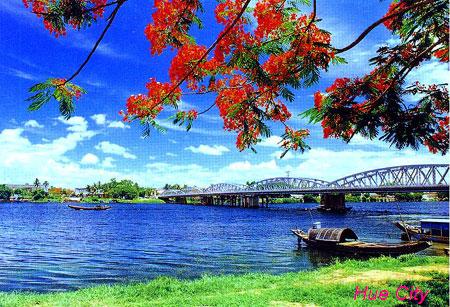
THUA THIEN HUE PROVINCE
Square: 5,063.3 km2
Population: 1090,9 thousand people (2010)
City: Hue City
Districts: Phong Dien, Quang Dien, Huong Tra, Phu Vang, Huong Thuy, Phu Loc, Nam Dong, A Luoi.
OVERVIEW
“Poetic Hue, dreamy and romantic Hue, Hue - city of two World Heritages…” are the ever names people call Hue city - the latest imperial capital of Vietnam under Nguyen dynasty (from the 17th to 19th century). Hue is located in central Vietnam on the banks of Perfume River (Sông Hương), just a few miles inland from the East Sea. It is about 700 kilometers (438 miles) south of the national capital of Hanoi and about 1100 kilometers (690 miles) north of Hochiminh City.

Hue City - Vietnam Tourism
HISTORY
The region's history dates back some 2800 years according to archaeological findings from the Sa Huynh Culture as well as from relics in the region.
Dai Viet becomes an independent nation around 938 BC of which territorial conflict lasts for about four centuries between the Dai Viet and the Champa. The two provinces then changed their names to Thuan and Hoa. In 1307 Doan Nhu Hai was appointed by the King Tran Anh Tong to administer the area. The people from the north (Thanh Hoa) migrated south and integrated with the people of the Kingdom of Champa. During this time, had the settlement of Hoa Chau Province began, which included the area of present day Thua Thien.
Then between the period of the settlement of Thuan Hoa (1306) to the founding of Phu Xuan (1687), there were conflicts and uncertainties for the local people, which including the fall of the Tran Dynasty to the renaissance of the Ho Dynasty. Thuan Hoa and Phu Xuan started to become the location of the Dai Viet Kingdom once Nguyen Hoang was appointed head of Thuan Hoa (1511-1558). Lord Nguyen Hoang (1558-1613) established bases at Ai Tu, Tra Bat and Dinh Cat, while his Lords moved palaces to Kim Long (1636), where they would eventually base their operations in Phu Xuan (1687). The Nguyen Lords ruled the area until it taken over the the Trinh clan in 1775.
The farmers movement led by the Tay Son brothers gained momentum in 1771. The Tay Son insurgent army won the battle in Phu Xuan to take over the Nyugen capital in 1786, where they continued north and overthrew the Trinh Dynasty.
In Phu Xuan, Nguyen Hue appointed himself king, and with internal differences with the Tay Son Movement and the death of Nguyen Hue (1792), Nguyen Anh took advantage of the situation and took over Gia Dinh with the support of foreign forces. Nguyen Hue then attached the Tay Son Movement and took over Phu Xuan and the throne, thereby choosing the dynasty title of Gia Long (1802). Phu Xuan was again chosen as the capital of Vietnam until the August Revolution of 1945.
Prior to 1975, the province was known simply as Thừa Thiên
GEOGRAPHY
Thua Thien-Hue Province is located in Central Vietnam. It is next to Quang Tri Province to the north, Da Nang to the south, and Quang Nam Province to the south-west. This province leans up against the Truong Son mountain range and is washed by the East Sea, along its 120km seashore.
CLIMATE
The weather is submitted to tropical monsoon climate divided into four distinct seasons: fresh spring, very hot summer, mild autumn and windy, cold winter. The dry season lasts from March to August. It is hot with temperate rarely reaches to 39.5ºC. The rainy season lasts from September to February. It is quite cold with average temperature is 19.7ºC, but sometime down to 8.8ºC. In this time, it rains a lost, sometime lasts all day. If tourist would to avoid rainy, they come to Da Nang City, 108km from south of Hue. In the mountain area, the weather is cool with the annual temperature is between 9ºC and 29ºC. The most convenient time to visit the area is from November to April.
TOURISM
Thua Thien-Hue offers very diversified and beautiful landscapes. Nature and human beings create a harmoniously beauty with Bach Ma (White Horse) National Park and other attractive beaches such as Thuan An, Lang Co and Canh Duong.
The province provides a well-balanced blend of royal heritage and folk culture. As a matter of fact, tourists discover dozens of handicraft villages, with annual festivals that are painstakingly organized.
Hue is also an important center of Buddhism. In Hue and its surrounding still exist tens of pagodas constructed more 300 years ago, and hundred of temples and pagodas built in the early 20th century.
Besides, tourist is able to enjoy many traditional famous dishes and find out about sophisticated handicraft here.
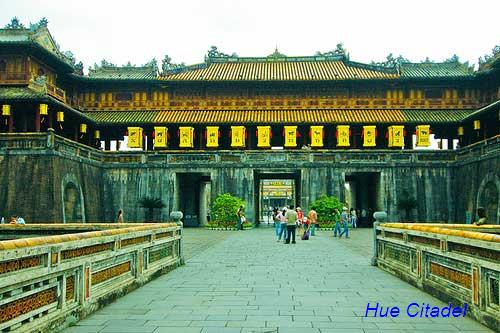
Hue Citadel - Thua Thien Hue Province
Hue Citadel has been recognized as a World Cultural Heritage Site by UNESCO since December 1993, Hue Royal Musical (Nha nhac) has been declared as a World Intangible Cultural Heritage since November 2003.
TRANSPORT
Transportation by train, road, air and water routes is very convenient.
By Road: Thua Thien-Hue Province is 654km from Hanoi, 1,051km from Ho Chi Minh City, 85km from Da Nang. The province has the National Highway 14 that links Hue with Central Highlands. It is also on the National Highway 1A that connects Hanoi and Ca Mau.
By Train: The Thong Nhat Express trains from Hanoi to Ho Chi Minh stop at Hue Railway station. The local trains come to some other provinces.
By Air: Phu Bai Airport serves flights: Hue - Ho Chi Minh City and Hue - Hanoi

Add: Lang Co Phu Loc Dist Thua Thien Hue Vietnam
Website: click here to view our website
Call: (+84.54) 3 873555

Add: 01 Vo Thi Sau Thua Thien Hue Vietnam
Website: click here to view our website
Call: (+84.54) 3 82 5555
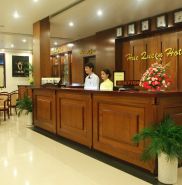
Add: 29 Tran Quang Khai Thua Thien Hue Vietnam
Website: click here to view our website
Call: (+84.54) 3.834.111
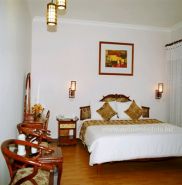
Add: 09 Ly Thuong Kiet Thua Thien Hue Vietnam
Website: click here to view our website
Call: + 84.54) 3 823964

Add: 14 Ba Trieu Thua Thien Hue Vietnam
Website: click here to view our website
Call: (+84.54) 399 9888 - 399 8888
You are pleasure choice a city!
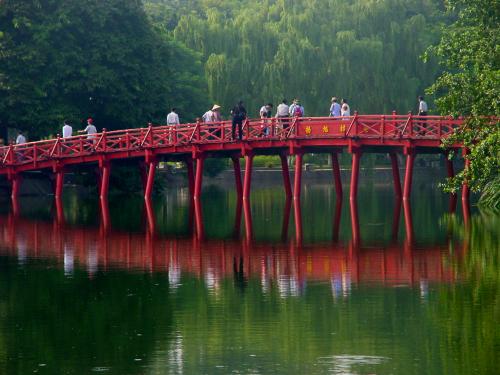
62 hotels
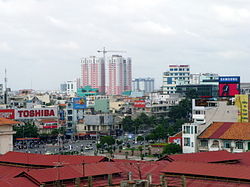
48 hotels
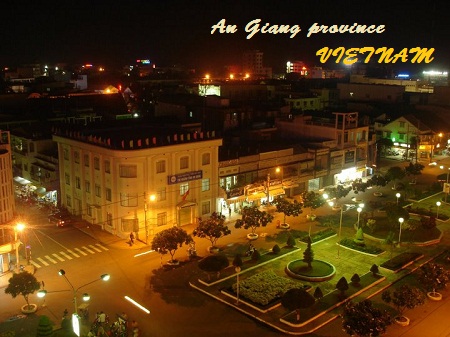
1 hotels
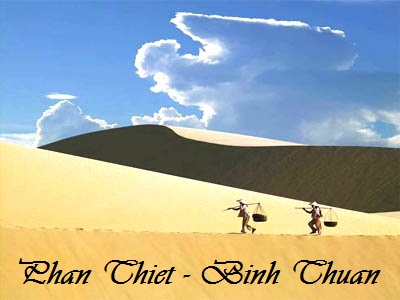
2 hotels
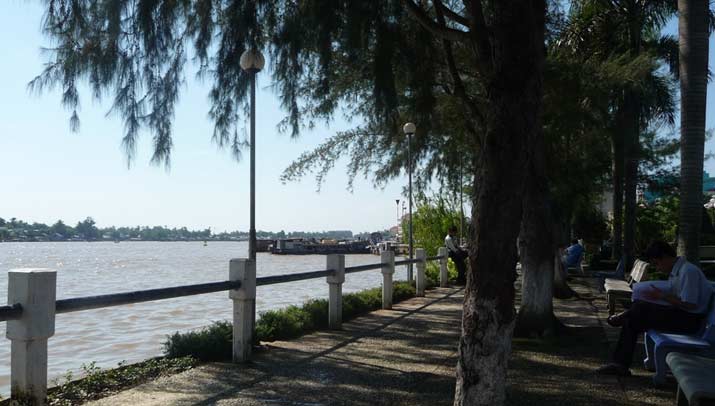
11 hotels

5 hotels
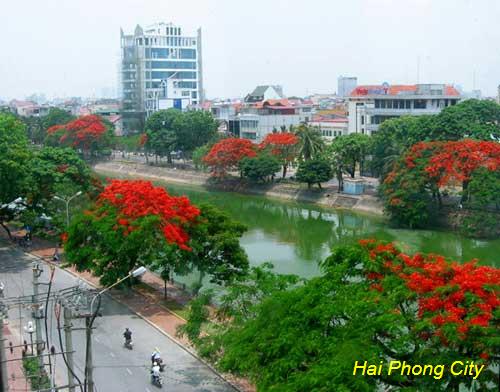
11 hotels

1 hotels

1 hotels
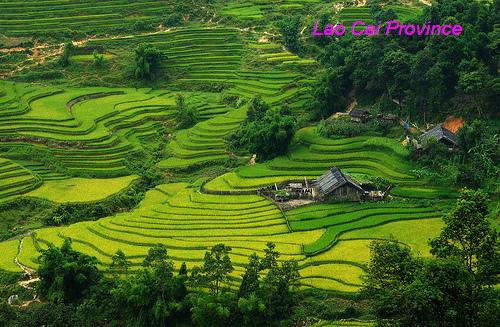
1 hotels
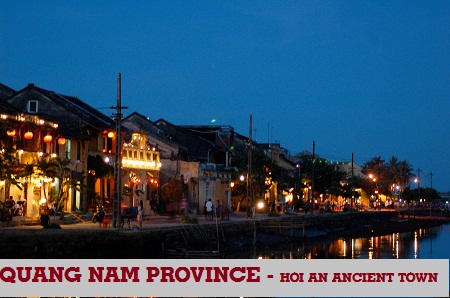
1 hotels
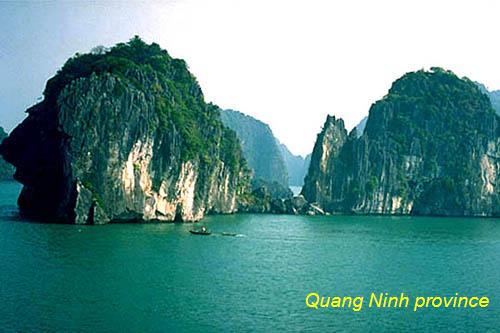
17 hotels
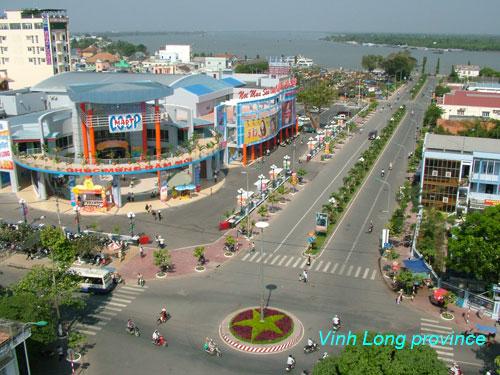
2 hotels

3 hotels